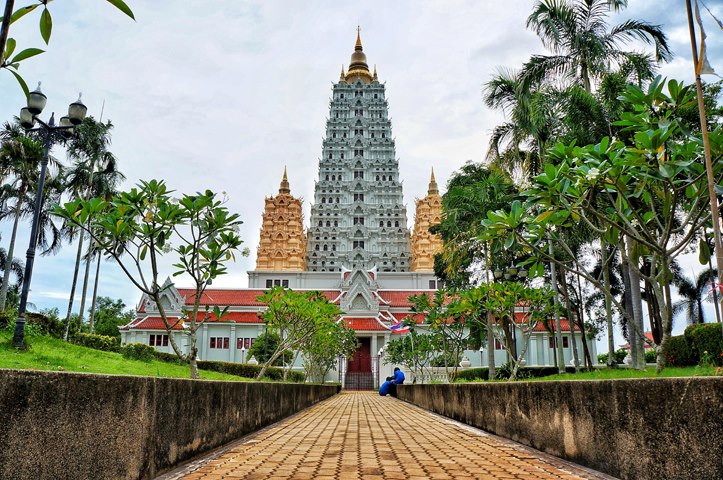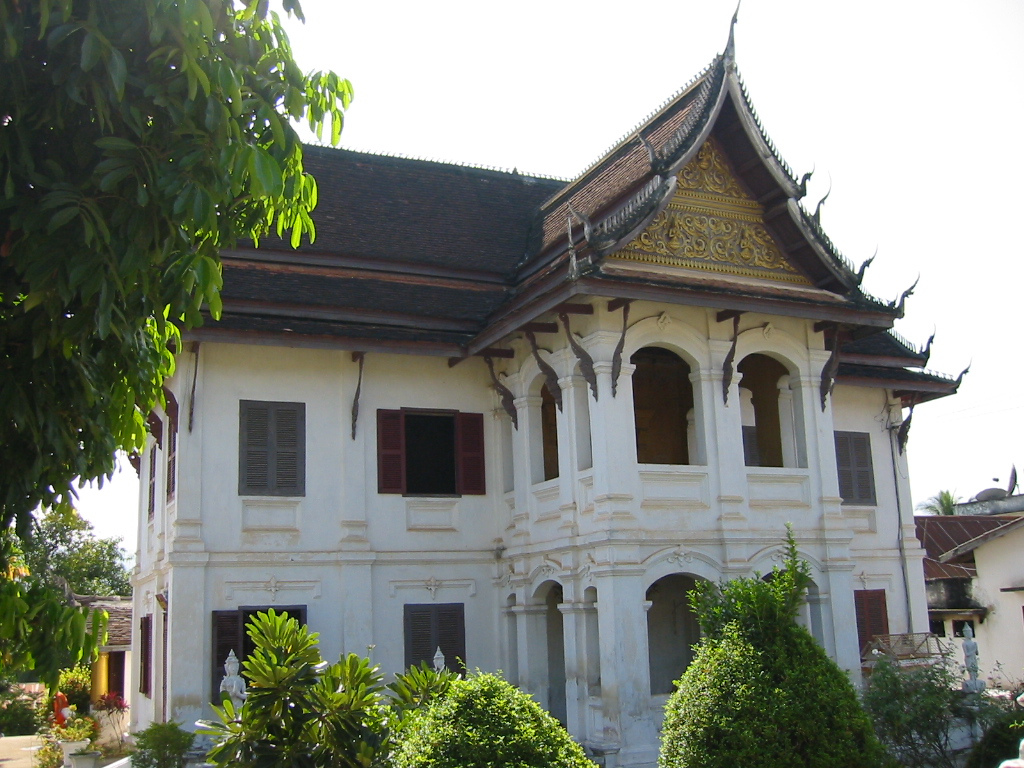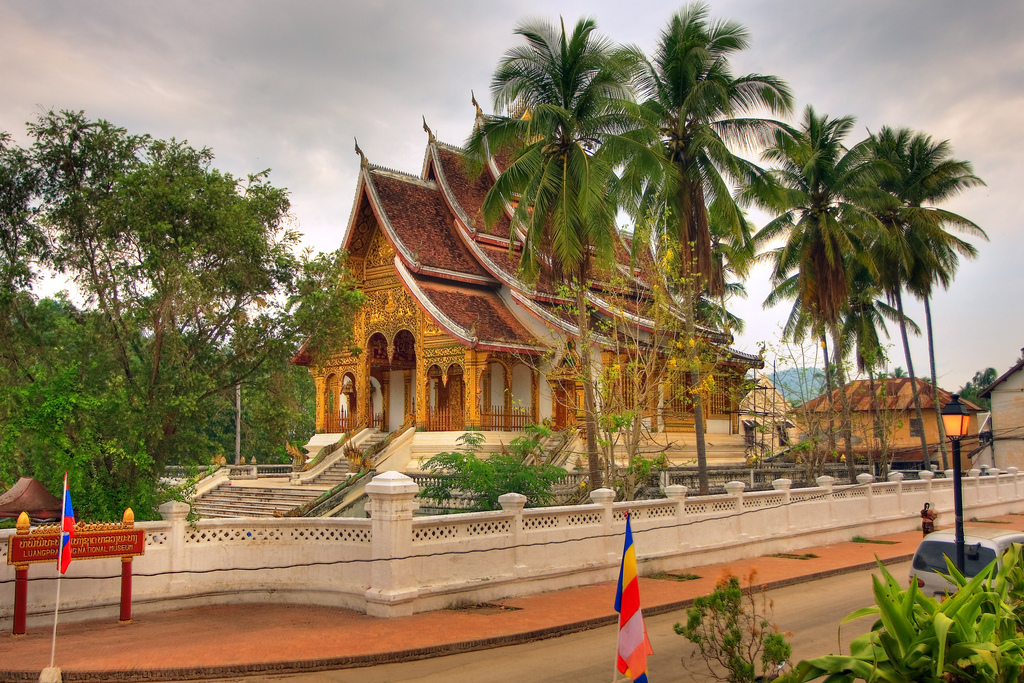Wat Yansangwararam (pronounced Wat Yana-sang-wara-ram) is located approximately 20km south of the seaside town of Pattaya. Enclosed in a huge 145 acre complex, Wat Yansangwararam is surrounded by clean gardens, massive lakes, and several different architectural styles of buildings, making it the perfect place to spend a day seeing the quieter side of Thailand.

The temple was built in 1976 to celebrate the Supreme Patriarch Somdej Phra Yanasangworn, who at the time was the current leader of the Thai Monastic Order.
Wat Yansangwararam is now dedicated in honour of the current Thai King, King Bhumibol Adulyadej (Rama IX).
There are many interesting things to see including pagodas and many unique architectural influences from India, Switzerland, China, Japan and Lanna Thai can be seen as you wander across the site. Inside the main complex, you can find a replica footprint of the Buddha, and a large stupa that contains a many relics from the Buddha.
Wat Yansangwararam draws in tourist and local with its mediation classes, it has even been dubbed as heaven on earth for those who enjoy practicing it. Classes are held daily and offer a range of different courses, suitable for everyone.

How to get there
From Pattaya, the best way would be via songthaew, that is a tuck that has been converted into a mini bus. Other options include getting a taxi, be sure you agree the price before hand as the taxis in Pattaya may not have a meter!
From Bangkok, you can catch a bus for around 129 baht from Ekkamai bus terminal to Pattaya, then catch either a taxi or songthaew to Wat Yansangwararam. A direct Taxi from Bangkok to Wat Yansangwararam will take around 2.5 hours and should cost around 2,500 baht. Always use the meter.
When is the best time to visit?
If you hate crowds then Monday to Thursday are the best times to visit. Alternatively, if you enjoy crowds and festival activities, much like any temple in Thailand, it’s best to visit during various Buddhist holidays such as Songkran or Lat Krathong. Meditations classes held daily at 6am and 4pm. Remember to dress appropriately, no shorts or vests, or anything exposing too much skin. Article text by: Harvie




























